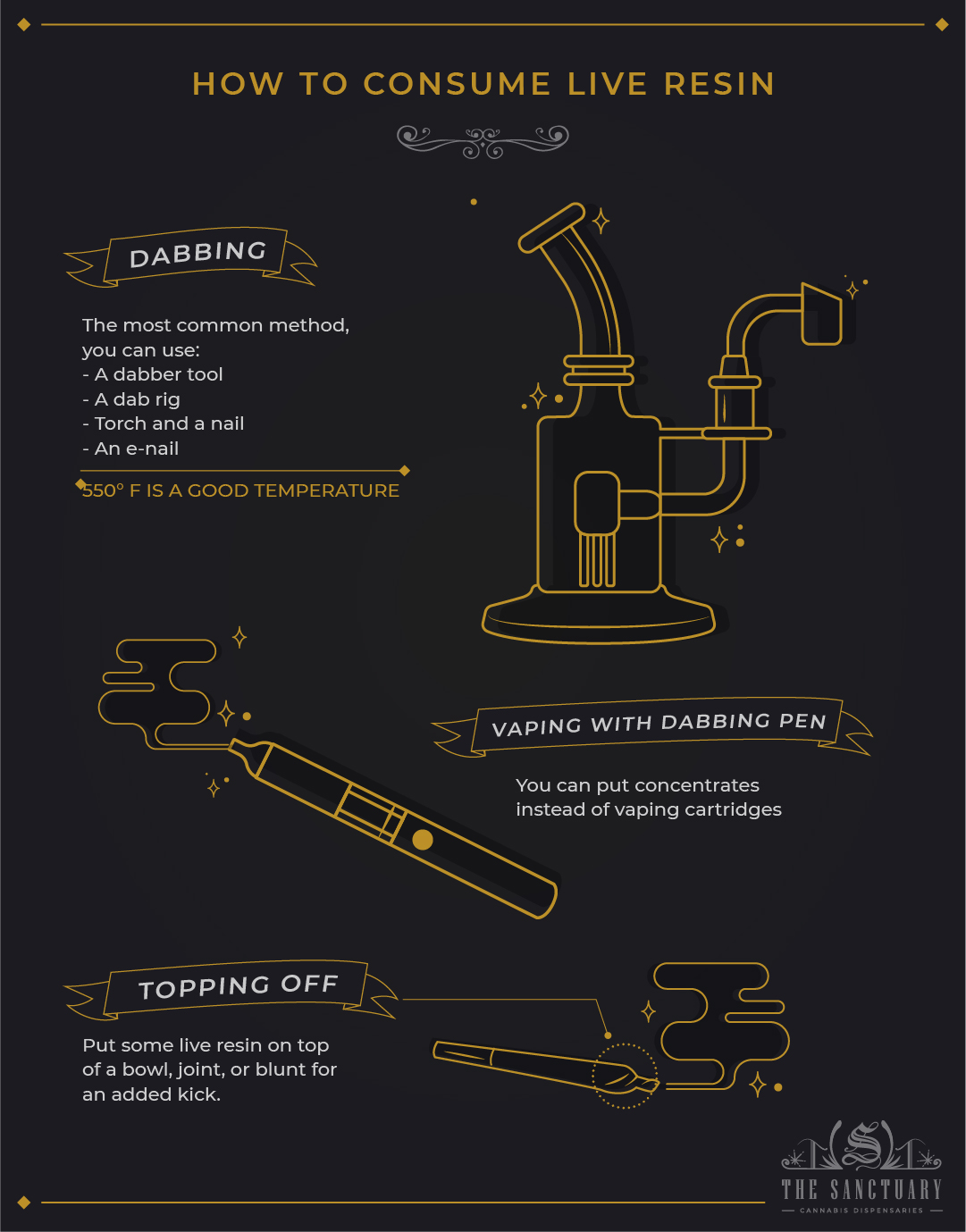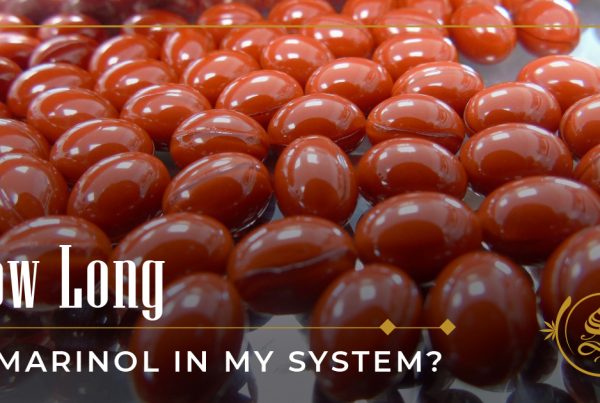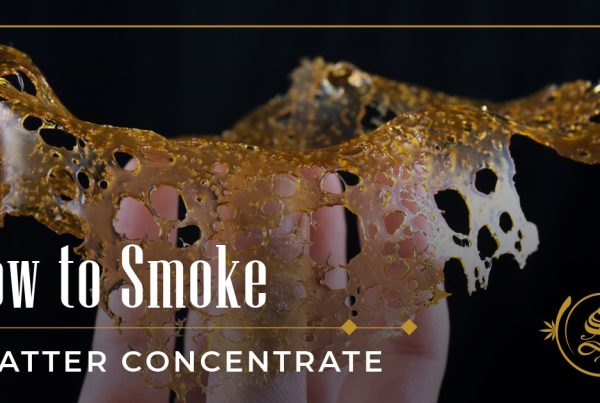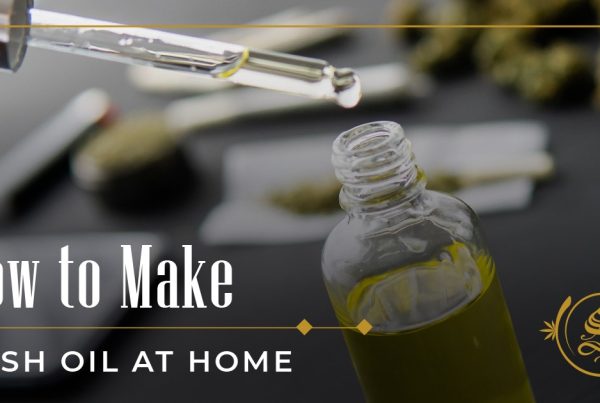There is a wide range of cannabis concentrates to enjoy out there, including shatter, wax, dabs, hash oil, and butane hash oil (BHO). Referred to as “the future of weed”, concentrates, are very potent forms of cannabis with an extremely high THC or CBD content.
There are concentrates on the market with a THC content of over 90 percent, so it does not take much to achieve a significant high. A small amount is all you need to treat the symptoms of any of the medical ailments that cannabis is useful for.
Live resin is a cannabis concentrate. The main difference of this concentrate is that it is made using fresh cannabis flower instead of buds that have been dried and cured. This makes for a higher concentration of terpenes and more complex aromas and flavors.
How is live resin made?
Soon after weed was legalized in states such as California and Colorado, live resin quickly became popular. Making live resin at home is not an easy process for your average weed user. It requires experience and specific equipment to make it properly.
The “live” aspect in live resin refers to using freshly harvested weed. The fresh weed is then extracted for its cannabinoids and terpenes using a cryogenic freezer at temperatures below 292 degrees Fahrenheit. This is what is referred to as a full-spectrum product because it uses the entire weed plant.
How is live resin different from other weed concentrates?
What makes live resin so unique is using fresh weed instead of dried and cured bud. By using fresh weed the terpenes in the plant remain intact. Terpenes provide many positive effects for cannabis users both medically and psychoactively. Most other concentrates use dried and cured bud and therefore do not have the same dynamic profile as live resin.
When cannabis is exposed to elements such as air, heat, and light, the terpenes begin to degrade which means you will lose some of the therapeutical benefits they provide.
What does live resin look like?
The color of live resin is a dark yellow color but it can also sometimes look more orange. It looks like a pile of caviar or raw honey with its textured, thick aesthetic.
Depending on who makes it, some live resins can look a little runnier like syrup consistency and others can look solid like a wax candle.
What role do terpenes play?
There are essentially two kinds of terpenes; monoterpenes and sesquiterpenes. The former are aromatic compounds that give off more light, floral scents aromas, and include compounds like myrcene, limonene, pinene, terpinolene, linalool, to name a few.
Sesquiterpenes, on the other hand, produce stronger aromas similar to those found in pepper, oregano, and hops. Sesquiterpenes include caryophyllene and humulene, for example.
A study by the University of Mississippi, published in 1996, examined what can happen to a weed plant’s terpene profile after the buds have been dried. The authors of the study harvested 60 grams of weed from the same plant and grouped them into four categories; each of which consisted of 15 grams:
- Fresh weed.
- Dried at room temperature for a week.
- Dried at room temperature for a week, then stored in a brown paper bag for a month.
- Dried for a week and stored in a paper bag for three months.
The four batches were steam-distilled, and the extracted oil was analyzed. Steam distillation only extracts the terpenes of a weed plant. The main terpenes that were removed included myrcene, limonene, linalool, and caryophyllene.
The fresh weed turned out to have the highest amount of terpenes. As a result, drying a cannabis plant for a week at room temperature resulted in a 31% loss of terpenes. This proved that drying weed dramatically alters the terpene concentration.
Monoterpenes such as limonene are small and light and as a result, evaporated quickly. Sesquiterpenes like caryophyllene, which are larger and heavier evaporated much more slowly. This means they make up a significant percentage of the oil after the drying process.
Benefits of live resin
Live resin is certainly worth trying for any experienced cannabis user. It is a pure and potent product that embraces the therapeutic abilities of terpenes. Some varieties of live resin contain a THC content of up to 95 percent. This means inexperienced cannabis users should try it with caution. Excessive THC consumption may cause negative side effects such as anxiety, paranoia, and nausea.
Live resin can be consumed using a vaporizer. Some vaporizers come with temperature controls which allows you to keep them at specific temperatures preferred for certain terpenes. Scientific research on the matter suggests that terpenes work with cannabinoids to increase the medical benefits of cannabis.
How to consume live resin?

There are a few methods to consume live resin:
- Dabbing: The most common method for consuming live resin is by using a dab rig with a butane torch and nail or Healthstone. A dabber tool is necessary to scoop it up because it will be thick and sticky.
- Vaping with a dab pen: Live resin can be vaped out of a dab pen. A dab pen is a vape pen that is made for concentrates.
- On top of a bowl: Try adding some to a bowl or even a joint. It may be hard to roll up a joint given how sticky it is.
How to store live resin?
Keep live resin cool and in an air-tight container, preferably in a fridge if you can. This will preserve the terpenes and keep it tasting and smelling great for a while.
Leaving it out in the open with the lid off will cause it to dry out quickly, making it harder to handle and damaging the taste.
What are the different types of live resin?
Live resins can differ greatly from one another because the end result is mostly dependant on the producer. Some live resins have textures similar to syrup, sugars, jam, butter, and raw honey. The producer has the ability to manipulate the viscosity by mechanically altering them post-extraction.
Variations in flavor can occur depending on home many and which terpenes were used. This comes down to which kind of weed plant you are using. It all begins with the plant so choose one wisely.
Utilizing the entire plant rather than just the buds makes for a greater depth of flavor and terpene profile.
Live resin vs. Live rosin
Live rosin and live resin are two different types of cannabis extracts that often get confused. The difference is live resin is in reference to a solvent-based extract, normally BHO, that is made with live, or freshly frozen, plant material. It is a single-pass extraction that captures the plant’s terpene profile by extracting the resin glands before they dry and cure.
Live rosin, on the other hand, is a solventless extract. It is often made by pressing bubble hash that was made from freshly frozen, or live, flower. This process captures the live terpene profile of the cannabis plant without the use of solvents because bubble hash is more of a water sieve than extraction.






